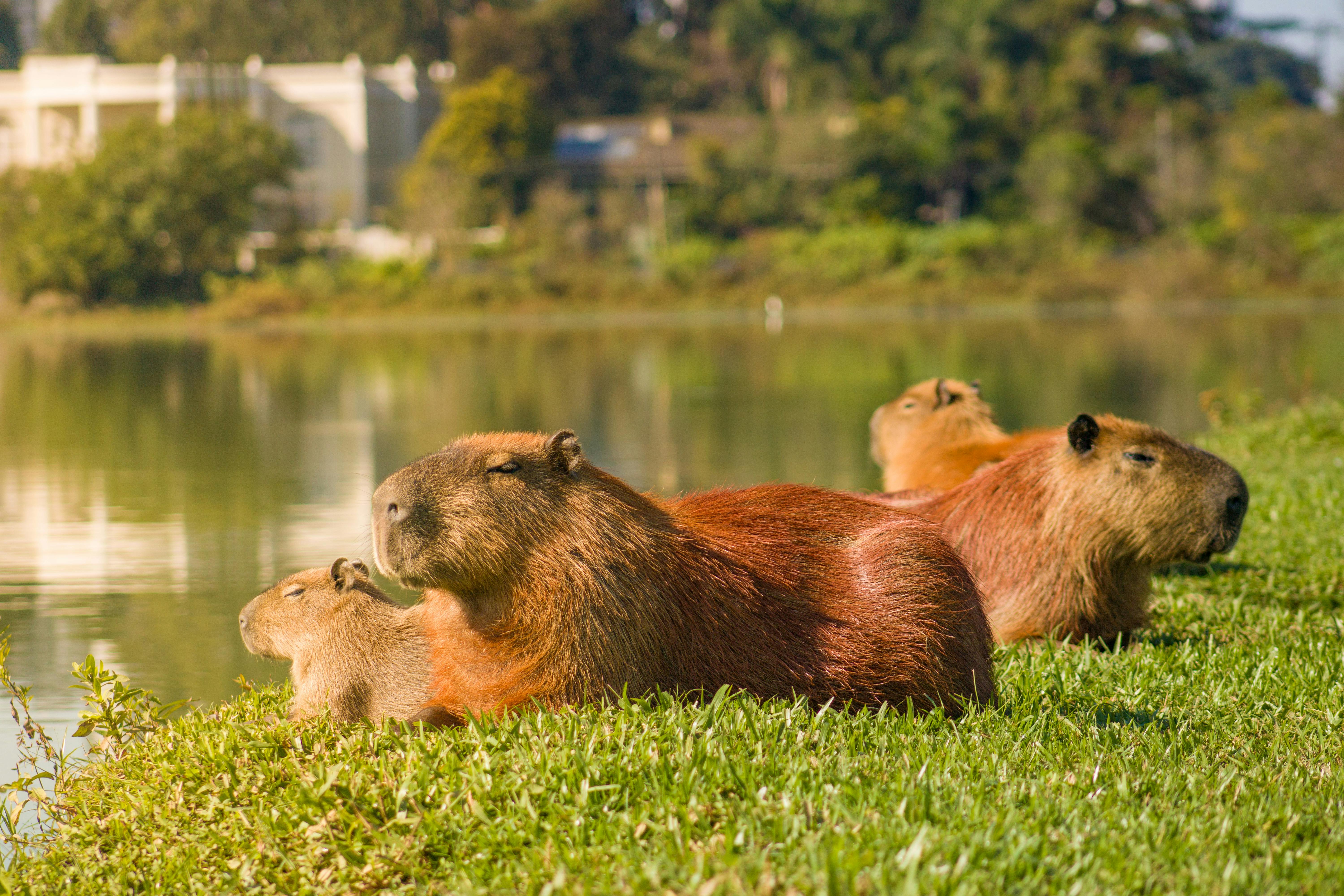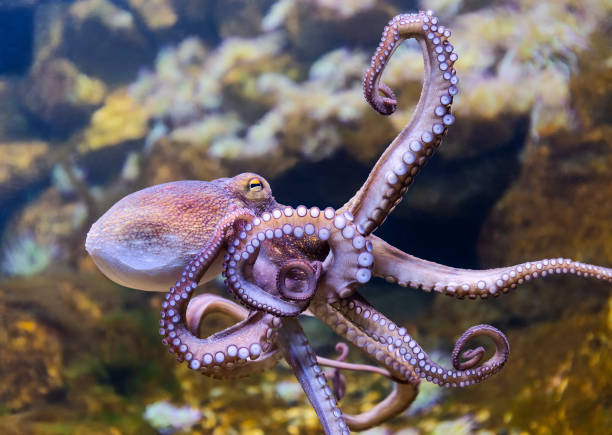Meet the Capybara: The World's Largest Rodent as a Pet
The capybara, a native of South America, is the world's largest rodent. This semi-aquatic creature is known for its calm demeanor and social nature, making it an intriguing option for exotic pet enthusiasts. This article will delve into the history, care, and current trends surrounding capybara pet ownership.

A Historical Overview of Capybara Domestication
The capybara, scientifically known as Hydrochoerus hydrochaeris, has been a part of human culture in South America for centuries. The Guaraní people of Paraguay and the Pemon of Venezuela considered the capybara a significant part of their diet. Early records depict capybaras being kept as pets, showing that their domestication likely dates back several centuries.
Capybaras in the 21st Century: A Shift in Perception
In recent years, there’s been an increase in interest regarding capybara pet ownership. This trend is primarily due to their peaceful nature and their ability to form strong bonds with humans. Videos of capybaras interacting with other animals and people have gone viral on social media, contributing to their popularity.
The Cost and Impact of Capybara Ownership
Owning a capybara is not for the faint-hearted, considering both the financial and emotional commitment involved. The average price for a capybara can range between $1,000 to $3,000. This price doesn’t include the cost of creating an appropriate habitat, which requires a significant amount of space and a swimming area. Despite their increasing popularity, it’s important to note that owning a capybara can have a substantial ecological impact if not managed responsibly.
The Reality of Owning a Capybara: What Research Says
Given their size, dietary needs, and social behavior, capybaras require a level of care that goes beyond that of a traditional pet. They are herd animals, meaning they thrive best in groups, which can be a challenge for potential pet owners. Research indicates that capybaras can experience stress and health issues when kept in isolation or in inadequate conditions.
The Future of Capybaras as Pets
As capybara popularity continues to grow, so do concerns about their welfare. While some people argue that these creatures should remain in the wild, others believe that with the right care, they can thrive as pets. It’s crucial for potential capybara owners to be aware of the responsibility they’re taking on and to prioritize the well-being of these unique creatures.
In conclusion, while capybaras are intriguing and lovable creatures, they require a level of commitment and care that should not be taken lightly. As the trend of capybara pet ownership continues to rise, it’s essential to consider the ethical implications and to ensure that each capybara leads a life that is as close to natural as possible.





